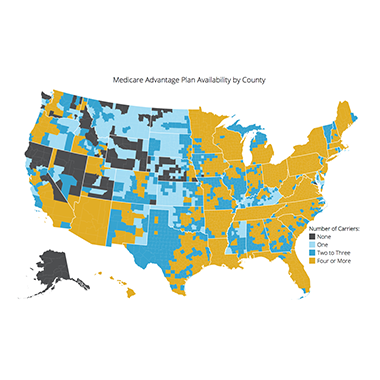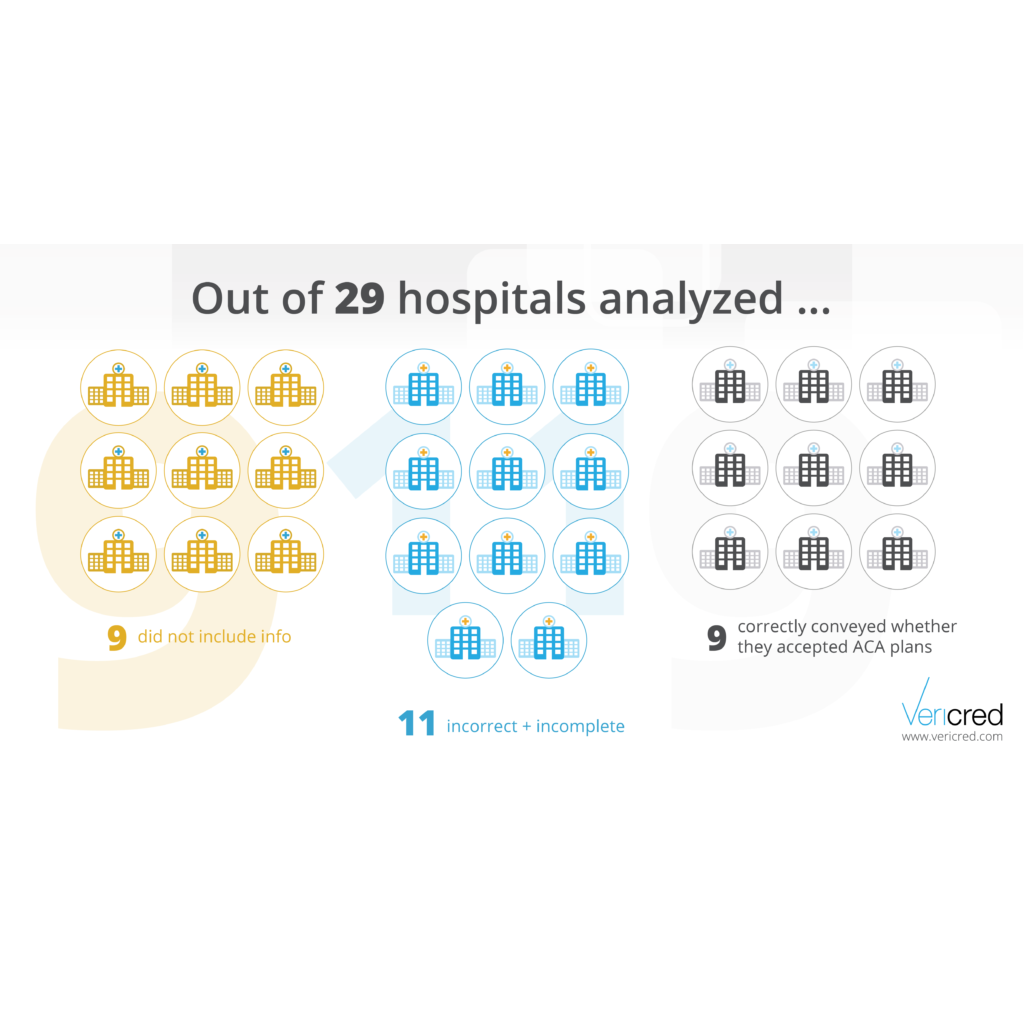**Ideon is the company formerly known as Vericred. Vericred began operating as Ideon on May 18, 2022.**
By Courtney Williams, Vericred Director of Carrier Relations
I recently traveled to Tampa for the 2019 FAHU Educational Symposium and Network Event, an annual gathering bringing together Florida-based health insurance and ancillary carriers, insurance brokers and agents, as well as technology vendors within the InsurTech, HRtech and BenTech spaces.
For brokers and those representing insurance carriers, the conference was an opportunity to evaluate the latest tech platforms and remain informed of industry trends and new legislative rulings. For industry professionals who couldn’t make it to this year’s event, here is my top takeaway from the 2019 Florida Association of Health Underwriters (FAHU) symposium: All brokers and employers will use a benefits technology (BenTech) platform within the next five years.
With digital BenTech platforms improving the quality and scope of their applications, tech-enabled insurance brokers — both those serving the group and individual markets — are identifying and benefiting from the advantages these digital tools can deliver. During the FAHU conference, a panel on “How Technology is Changing the Way We Do Business,” moderated by Chad Schneider of Jellyvision, examined the rise of BenTech, HR and broker platforms and the ways in which technology is altering broker, employer and employee expectations. All of these stakeholders, the panel agreed, now require technology solutions that bring transparency, customization, efficiency and self-service to benefits-related processes that, previously, lacked those elements.
According to the panel, which included David Reid of Ease, Mandy Manno of Asure Software and Frank Mengert of ebm, adoption of BenTech platforms is fairly prevalent among brokers and employers, and they expect any remaining holdouts to embrace such technologies within the next five years. Leveraging BenTech has become a business imperative.
This primary takeaway aligns with Vericred’s own recent survey of health insurance brokers, which examined the use of digital quoting platforms and rating engines, the number of carriers brokers are appointed with, and other questions regarding how technology is changing how brokers conduct business. The study revealed that 97 percent of brokers generally quote multiple carriers, two-thirds use a quoting or rating engine, and 85 percent are appointed with five or more medical carriers. For tech-enabled brokers, quoting and rating engines are not just digital tools: they also deliver material advantages, as 77 percent of brokers said that using technology differentiates them over their competitors.
Overall, the conference was an opportunity to engage brokers and insurance carriers, and to discover that benefits technology and digital solutions are transforming how health plans, and other benefits, are quoted, sold and managed. As we near the annual open enrollment period, Vericred is positioned to be a high-level resource for brokers, carriers and InsurTech platforms to better understand how digital technologies and data are changing the health insurance and employee benefits landscape. We look forward to hearing from you, or seeing you at FAHU’s next event!

















